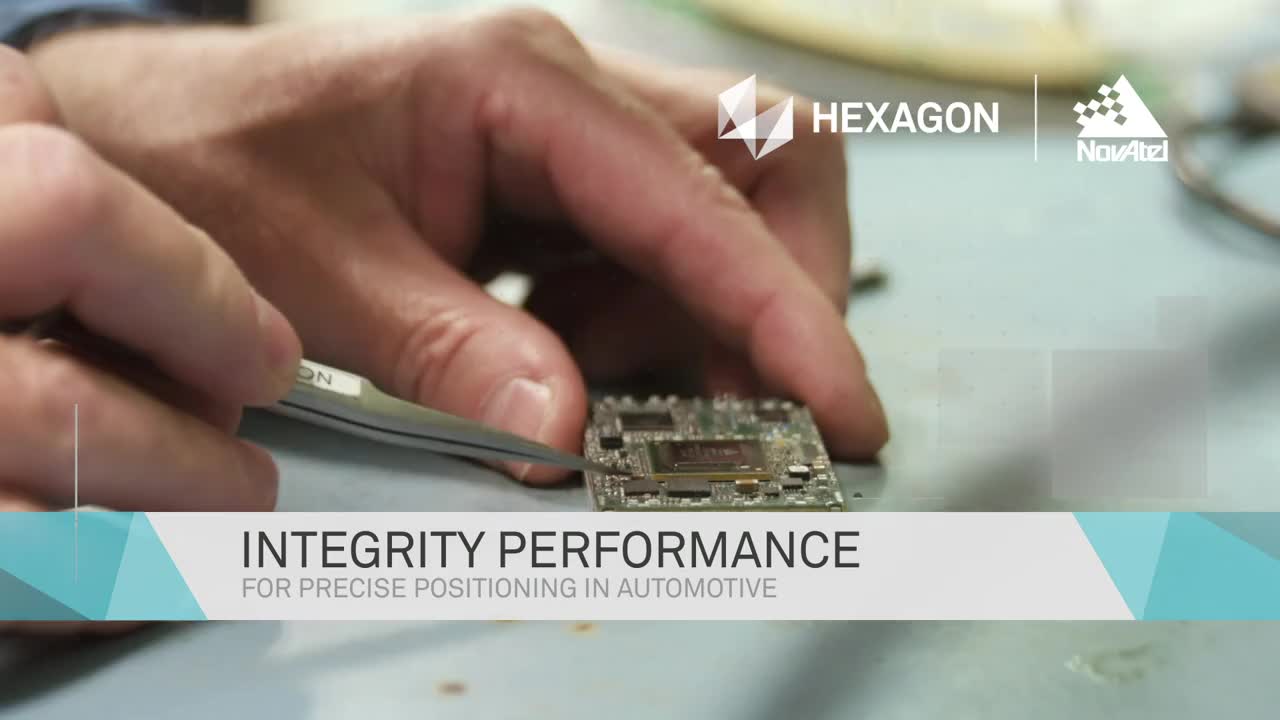Each year, Hexagon | NovAtel employees premiere cutting-edge research at the ION GNSS+ conference. In September 2019, Laura Norman, Lance de Groot, and Eduardo Infante in the NovAtel Geomatics team presented their research paper, Integrity Performance for Precise Positioning in Automotive.
Integrity in precise positioning is a way for engineers to measure trust that the navigation information is entirely accurate. Integrity risk describes the probability of position errors occurring over what is expected. Integrity in the automotive field is explored in more detail in our Velocity article, Quantifying Integrity.
For the NovAtel Geomatics team, they asked, Is it possible to have a reliable and robust integrity algorithm on a GNSS-only system deliver Horizontal Performance Level (HPL) at 2 meters or less? In other words, can their GNSS-only algorithm provide an accurate and precise position at under 2 meters in a moving vehicle?
The team tested their algorithm for conditions under both partial and conditional autonomy with an integrity allocation of 10-7 per hour. Geomatics designer Laura Norman presents the team’s results in the recording below.

With a hardware setup of an L1/L2 receiver chip configured for GPS, GLONASS, and Galileo signals, a low-cost IMU, and a GNSS 1500 antenna, the team tested their algorithm in Alberta, Canada, in California, USA, and in southern Germany. Their truth system included a NovAtel PwrPak7, tactical-grade IMU, and a GNSS-502 antenna. To monitor, collect, and process their truth position, the team relied on Waypoint Inertial Explorer software.
Demonstrating Low HPL with a GNSS-Only Solution
The NovAtel Geomatics team validated a 1.04 meter HPL at a 95% Confidence Interval (CI) with their GNSS-only Precise Point Positioning (PPP) solution in open sky conditions. Through fault injection testing for both pseudorange and carrier phase positioning, they also confirmed the robustness of their integrity algorithm in bounding position errors.
While their GNSS-only algorithm performed as expected in open sky conditions, the team’s experiments corroborate that combining GNSS with inertial navigation systems successfully bridges GNSS connection outages or interruptions in more challenging environments.














